Audio Advertising: The Not-so-Sleeping Giant
“In 10 years from now, I doubt that anyone under 50 will be watching linear TV.” These stirring words come from Rene Rechtman, president of...
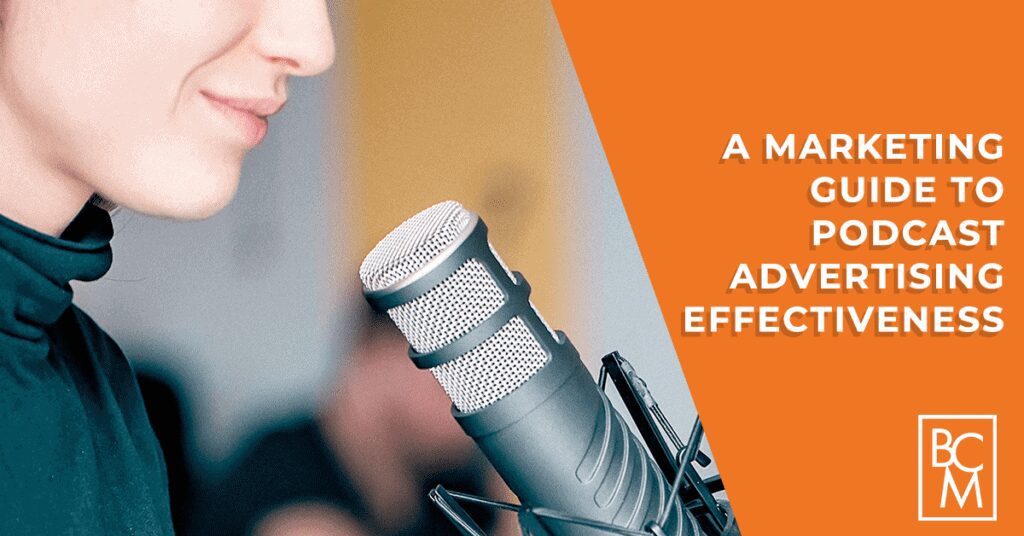
It’s safe to say that a revenue boom is underway for the infrastructure of podcast advertising. A study from IAB and PricewaterhouseCoopers revealed that U.S. advertisers spent an all-time high of $479 million on podcast ads in 2018, which is up 53% from $314 million the year prior — and it doesn’t stop there. Revenues are projected to grow at a nearly 30 percent annual rate between 2018 and 2022.
Depending on how familiar you are with the platform, this may or may not be surprising. This form of digital broadcasting has always been effective and has been around for nearly two decades but has evolved tremendously since gaining popularity with mainstream audiences in the last 6 years. (Thanks, Serial!) As technology has grown smarter, faster and more connected, and the content produced has become more timely, interesting and varied, podcasting has become a credible and authentic method for broadcasting digital audio content.
Edison Research reports that 67 million Americans above the age of 12 are listening to podcasts every month. These aren’t just passive listeners either. They are highly engaged consumers who connect deeply with the topics and hosts of these shows, share listener recommendations with their friends, and have proven to take action after hearing a sponsored message. In fact, 65% of listeners say that podcast ads increase purchase intent. “Super listeners,” as the Knight Foundation has named them, are the latest group of power users on tap to be audio advertising’s next big coup.
As a marketer, what’s not to love about a highly engaged audience like this? With all this industry buzz about the medium, consider these best practices before you rush to invest your dollars in podcast advertising
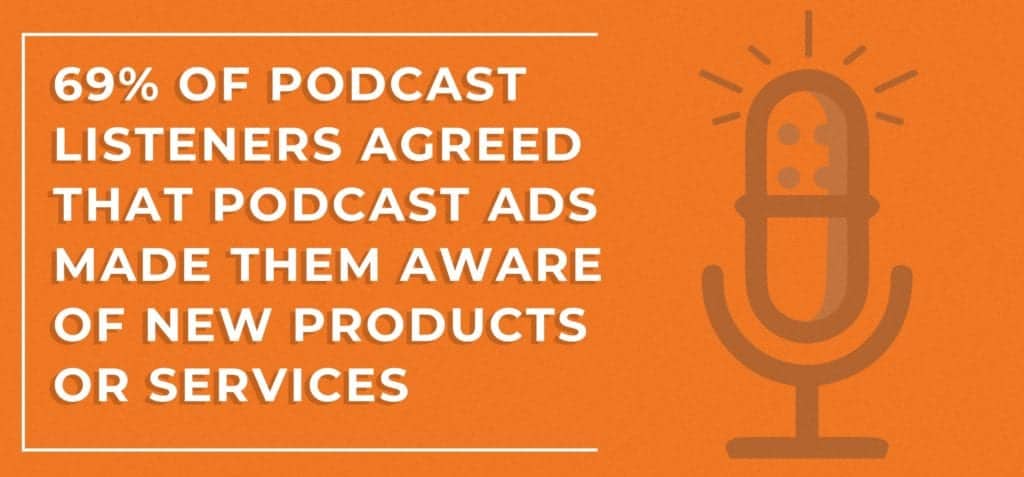
It’s not quite the wild west out there, but there still aren’t a lot of ad standardization practices and guidelines being implemented. A nimble approach to creative formats, messaging and measurement KPIs are all important things to keep in mind. As a young advertising channel, brands and media companies are still setting the rules as we go along. The IAB introduced its first Podcast Playbook outlining standards, guidelines, and best practices for advertising in audio for how to advertise in podcasts. There’s sure to be more info coming in relation to podcast advertising effectiveness as the medium increases to grow.
The key differentiator with podcasts is the “listener first” attitude in content and ad creation.
Podcast hosts take great care in choosing and approving their advertisers because of the strong relationship listeners have to the show and their hosts. Many listeners understand that advertising is necessary to support a podcast. Their dedication to the podcast also keeps them from skipping ads because they don’t want to miss any part of the show. This creates a very favorable advertising environment; engaged users are receiving ads that are relevant
to them.
Since listeners are highly engaged in this medium, the delivery and the format of podcast ads resonate strongly with them. To date, we’ve seen brands buying everything from traditional pre, mid and post-roll formats to developing their own branded podcast series in partnership with publishers. Perhaps the most exciting thing about this medium is the creative approach to how these ads can be executed. Here are a few examples:
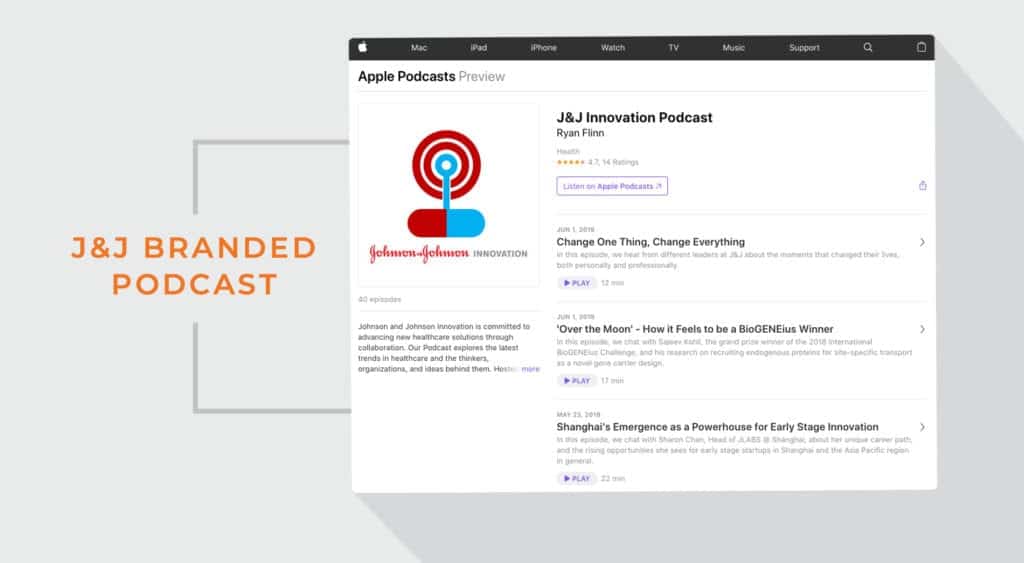
This may seem like an obvious question, but it’s easy to get caught up in the buzz around the latest platform to spend your advertising dollars.
The average podcast listener skews young, educated, wealthy and likely to be influential in business. If you’re a B2B brand or B2C brand selling financial services or lifestyle products, you might be in the right place. If you’re trying to sell headphones to teenagers ages 13 -17, this may not be the right channel to spend your money right now. Research shows that only 9% of podcast consumers ages 12 – 17 are consuming podcast content – so maybe come back and revisit.
As with any campaign, there are many ways to evaluate success. On this unique platform, the approach should be no different. Apple’s new suite of analytics, for example, includes a new version of the podcast app that provides basic analytics to creators, letting them see when listeners play individual episodes, and — more importantly — what part of single episodes they listen to or skip over, and where they drop off. Direct Response campaigns are highly quantifiable via custom offer codes and vanity URLs. Recall and Lift studies have also been conducted across this space to measure overall growth in ad effectiveness. The most important thing is to identify your marketing objectives and which metrics and KPIs are most important to your campaign.
Ready to dive into the world of podcasts? Get in touch, and we’ll help you craft the perfect podcast strategy for your brand!
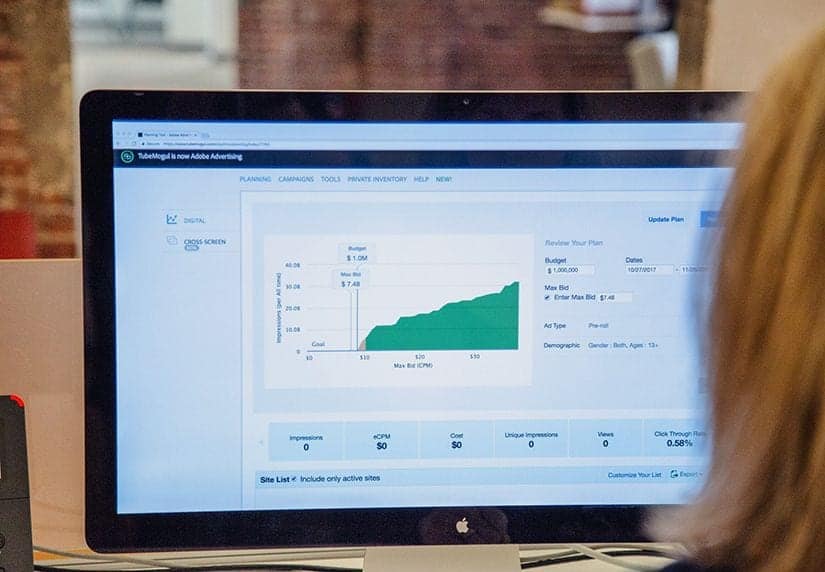
“In 10 years from now, I doubt that anyone under 50 will be watching linear TV.” These stirring words come from Rene Rechtman, president of...
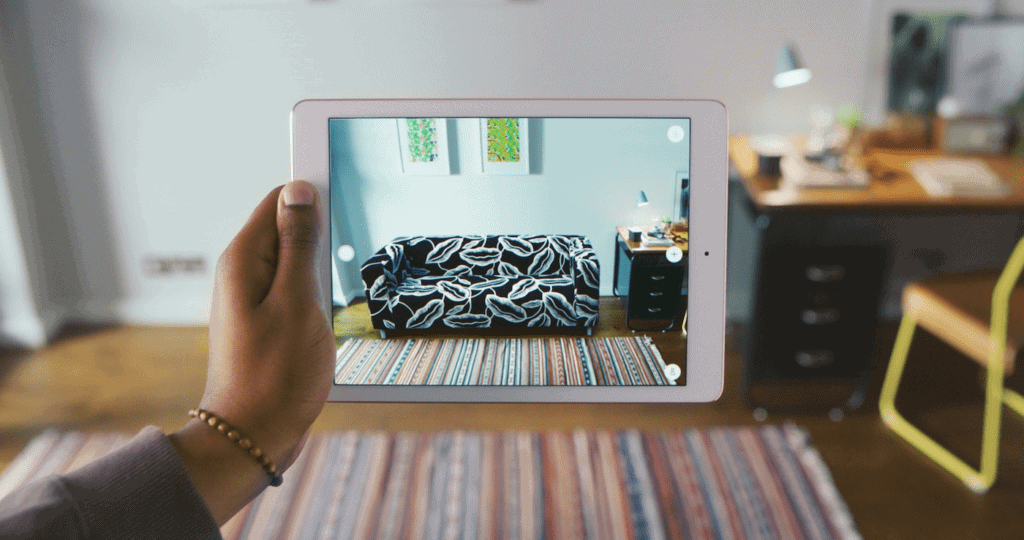
What is Augmented Realty? Whereas Virtual Reality (VR) gives users a 100% digitally immersive experience, Augmented Reality (AR) is technology that...
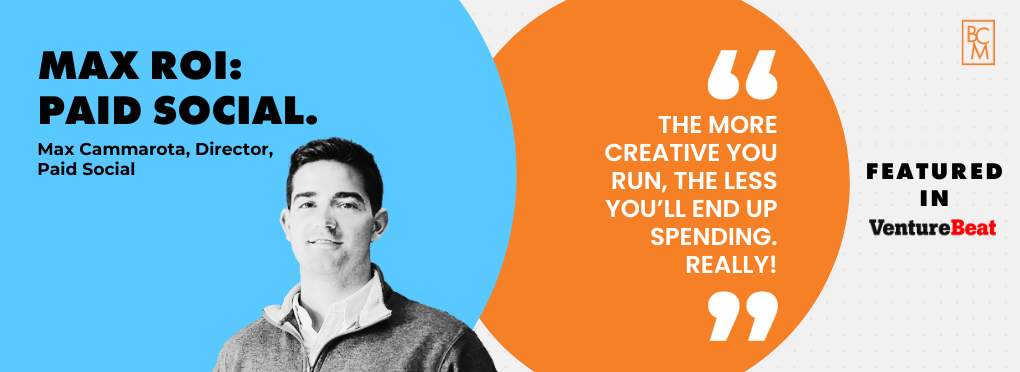
Gone are the days of running a few big, bold spreads in a popular magazine or launching a digital homepage takeover on a few high-traffic publisher...